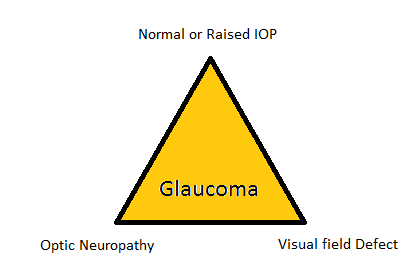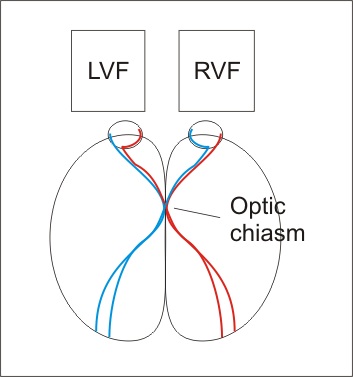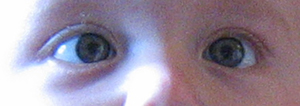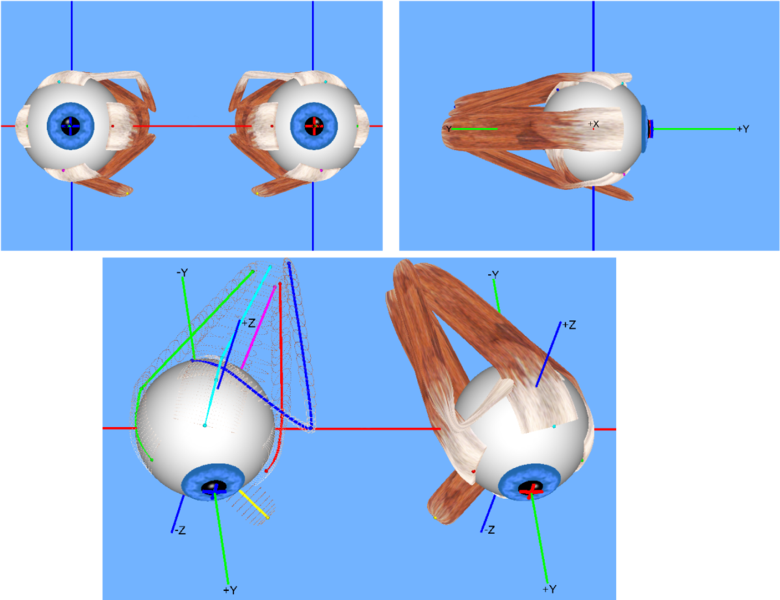The type of medication to be prescribed for glaucoma depends upon
- the type of glaucoma
- Patient’s medical history
The drug groups prescribed include:
- Beta blockers
- Alpha 2 agonists
- Prostaglandin analogs
- Carbonic anhydrase inhibitors
- Miotics
- Osmotic agents
Beta Blockers
Beta blockers antagonize the effects of catecholamines at beta receptors.
Beta blockers are of two types:
- Non-selective (equipotent at beta 1 and beta 2 receptors)
- Cardioselective (more potent effect on beta 1 receptors i.e. Betaxolol used in patients of asthma)
Mechanism of Action
Beta blockers decrease aqueous secretion and thus useful in all types of glaucoma.
When used in combination with prostaglandin analogs, an additional 20% decrease in intraocular pressure is achieved.
Side Effects
Ocular Side Effects
1. Allergy
2. Corneal PEE
3. Decreased aqueous tear s secretion
Systemic Side Effects
1. Bradycardia
2. Hypotension
3. Bronchospasm
4. Sleep disorders
5. Hallucinations
6. Decreased HDL levels
The doctor must palpate patient’s pulse before prescribing beta blockers.
Beta blockers should not be instilled at bedtime.
To reduce systemic absorption of beta blockers, patient should be asked to close eyes and apply digital pressure over lacrimal sac for 3 minutes.
Contraindications
- Asthma
- COPD
- Bradycardia
- Congestive cardiac failure
- Second degree or third degree heart block
Preparations
- Timolol (0.25% and 0.5% BD)
- Levobunolol (0.5% OD or BD)
- Carteolol (1%, 2% BD) has selective action on eye thus less bradycardia than timolol
- Metipranolol (0.1%, 0.3% BD) useful in patients allergic to preservatives
- Betaxolol (0.5% BD) cardioselective drug currently available
Alpha 2 Agonists
Mechanism of Action
Decrease intraocular pressure by decreasing aqueous secretion and increasing uveoscleral outflow.
Preparations
- Brimonidine (0.5% BD) also has neuroprotective effect. Side effects include allergic conjunctivitis and acute granulomatous uveitis.
- Apraclonidine (1% and 0.5%) 1% is useful after laser surgery on anterior segment to offset acute rise in intraocular pressure. 0.5% is useful in patients awaiting glaucoma surgery. It is not used for long term because of tachyphylaxis.
Contraindications
Not used in children as crosses blood brain barrier.
Prostaglandin Analogs
- Latanoprost
- Travoprost
- Bimatoprost
- Tafluprost
Side Effects
- Conjunctival hyperemia
- Foreign body sensation
- Eyelash lengthening, thickening and hyperpigmentation
- Iris hyperpigmentation (irreversible)
Contraindications
Pregnancy
Miotics
In Primary Open Angle Glaucoma
Cause ciliary muscle contraction (M3) leading to increase in aqueous outflow through trabecular meshwork.
In Primary Angle Closure Glaucoma
Cause sphincter papillae contraction (M3), peripheral iris is pulled away from trabeculum leading to opening of angle.
Side Effects
- Miosis
- Brow ache
- Myopic shift
- Increased symptoms of cataract
Preparations
- Pilocarpine (drops and gel form)
- Carbachol
Contraindications
- Inflammatory glaucoma
- Lens related glaucoma
- Traumatic glaucoma
Carbonic Anhydrase Inhibitors
These are chemically related to sulphonamides. They decrease aqueous secretion.
Topical
- Dorzolamide (2%) Main side effect is allergic blepharoconjunctivitis
- Brinzolamide (1%)
Systemic
- Acetazolamide (250-1000 mg in divided doses, onset of action is in 1 hour, peak effect occurs in 4 hours, duration is upto 24 hours. Sustained release capsules are available as well as 500 mg powder vial injection.
- Dichlorphenamide
- Methazolamide
Side effects
- Parasthesias
- Malaise
- GI symptoms
- Renal stones
- Steven Johnson syndrome
- Hypokalemia
Osmotic Agents
Mechanism of Action
Osmotic agents remain intravascular and draw water out from vitreous and thus decrease intraocular pressure.
They are of limited use in inflammatory glaucomas where blood aqueous barrier is disrupted and osmotic equilibrium is set up and further action is lost.
Indications
- Acute angle closure glaucoma
- Prior to intraocular surgery when intraocular pressure is very high
Side Effects
- Cardiovascular overload
- Urinary retention (especially in elderly men)
- Headache
- Nausea
Preparations
1. Mannitol
Given by I/V route. Dose is 1g/kg body weight or 5 ml/kg body weight as 20% solution in water. Peak action occurs within 30 minutes and duration is upto 6 hours.
2. Glycerol
Given by oral route having sweet and sticky taste. Dose is 1 g/kg body weight or 2 ml/kg body weight as 50% solution in water. Peak action occurs within 1 hour and duration is upto 3 hours. It is metabolized to glucose.
3. Isosorbide
Given by oral route having minty taste. The dose is same as glycerol. No insulin cover to diabetic patients is required as it is metabolically inert.
Want a clearer concept, also see
 howMed Know Yourself
howMed Know Yourself




